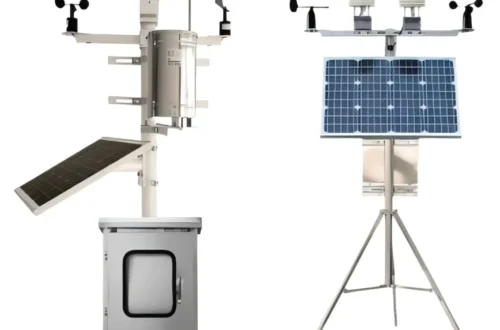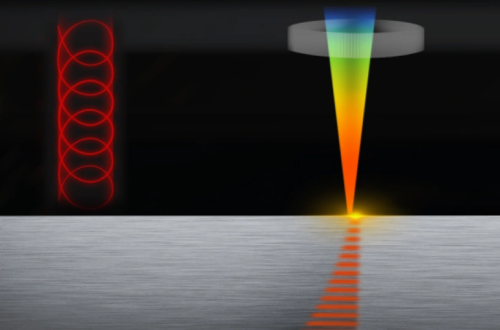How To Use Apostrophes Correctly
Apostrophes seem to be a part of grammar that is simply not understandable to many people. Either, the apostrophe is omitted, inserted at the wrong place, or inserted completely incorrectly. And the problem goes a lot farther than the well known “your” and “you’re” discussion!
Let’s get rid of the headaches apostrophes tend to cause once and for all with some simple rules and examples!
Possession
One function of the apostrophe is to show and denote possession. Usually, possession is expressed by adding an apostrophe and an additional “s“:
The Chef’s hat.
The cat’s paw.
However, it gets difficult when the word in question ends with an s. In these cases, there is no fixed rule on how to use the apostrophe. The most widely used method (e.g. in newspapers), however, is to use the apostrophe +s version in common nouns ending with s, and simply put an apostrophe at the end of proper nouns:
The class’s size.
Mrs. Jones’ cat.
Words always end with an s are nouns that form their plural regularly. Those cases should always be handled like the proper nouns noted above, namely by adding the apostrophe only:
Employees’ entry only.
The two cats’ owner.
In cases of plural formation of common and proper nouns that end with s, it is important to add the apostrophe after the plural formation using -es:
The Joneses’ cat.
However, be careful to not misplace the apostrophe someplace inside the word. This happens often, especially with the plural forms of words. Writing “The cat’s scratching post” instead of “The cats’s scratching post” or “The cats’ scratching post” suggests that we are talking about a single cat and not two or several, thus changing the meaning of the sentence altogether.
Likewise, apostrophes are not used to show the plural form of a noun! Thus “I own two cat’s” is incorrect, as is “We met the Jone’s” when referring to a family with the name Jones!
With regard to compound nouns, the possessive apostrophe +s is added to the last item. Pluralization has to take place before as well:
My mother-in-law’s cat.
My sisters-in-law’s husbands.
Contractions
In case of contractions, the apostrophe replaces the letters that have been omitted in the contraction:
can’t
wouldn’t
shouldn’t
you’re
Other uses
Another use of the apostrophe is at the beginning of some words. Here, it should not be mistaken for or be replaced with the single quotation mark (‘ vs. `):
I got my first cat back in ’03.
Attention!
The following personal pronouns do not take an apostrophe to show possession: hers, ours, yours, theirs, its, whose, and oneself.
Furthermore, contrary to the formation of plural, words that end in –y do not change their ending to –ie when showing possession!
The lady’s cat.
The ladies’ cats.
Keyword: light novel


